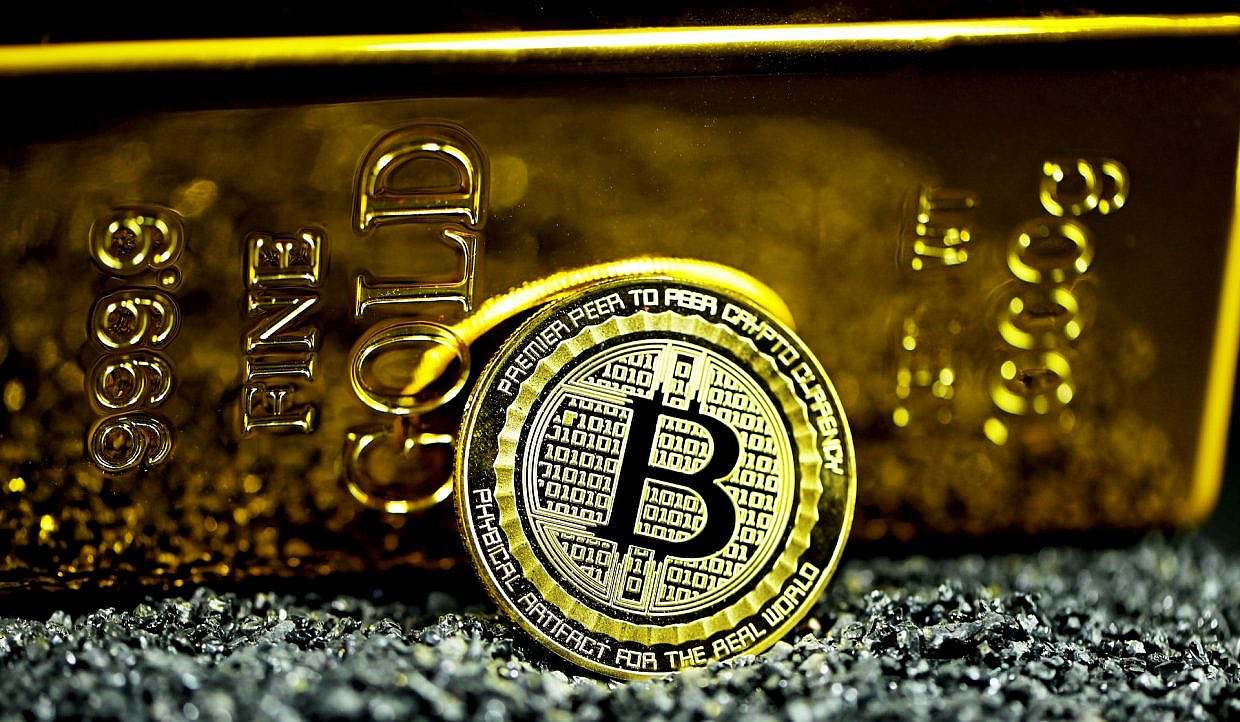The debate about whether cryptocurrency can be pegged to the gold standard has been ongoing for some time now, and it has proven to be a difficult question to answer. While the idea of pegging a digital currency to a physical asset may seem appealing, there are some major drawbacks to such a move.
First, it is important to understand what pegging a currency to gold means. In essence, a country would peg their currency to gold, meaning that the value of the currency would be directly linked to the price of gold. This would provide a secure and stable base for the currency, which would make it more attractive to investors.
Why it’s probably a bad idea to peg crypto to the gold standard
The main issue with pegging a cryptocurrency to gold is that gold is a finite resource. Since the supply of gold is limited, it would not be able to adequately meet the demand of the growing cryptocurrency market. This could lead to major fluctuations in the value of the currency, as the supply of gold would be unable to meet the demand.
Another issue is that the value of gold does not always remain steady. Gold prices can be impacted by economic and political events, and these events could cause the value of the currency to fluctuate as well.
There isn’t enough gold in the world
Finally, it is important to consider the practicality of pegging a cryptocurrency to gold. In order to do so, a country would need to have a large stockpile of gold, which could be difficult to acquire and store. Furthermore, it would require a high level of trust in the government to manage the currency effectively.
Conclusion
Overall, while pegging a cryptocurrency to the gold standard may seem appealing, the drawbacks and practical considerations make it an unlikely proposition. The volatility of the cryptocurrency market, coupled with the finite supply of gold, makes it an impractical option. As such, it is unlikely that any country will be able to successfully implement such a system in the near future.

